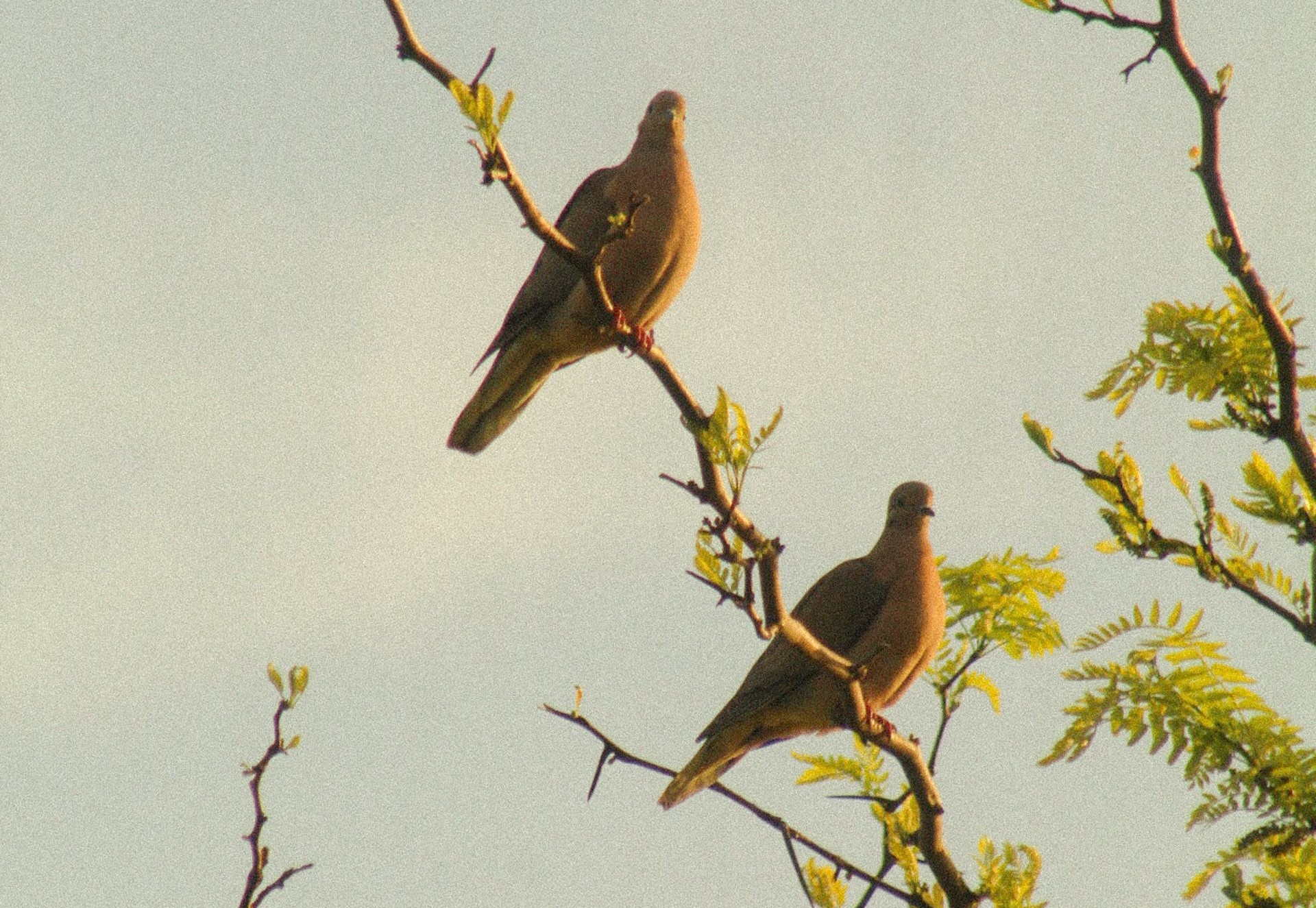
Biotechnology and biodiversity conservation are not only compatible, they must work together. In a world where science and technology play an increasingly crucial role, the most interdisciplinary branch of biology can serve not only humanity, but also the environment around us.
Biological diversity refers to the variety of living things on the planet. Biotechnology to the discipline that unites parts of biology, engineering, physics, chemistry, biomedicine, electronics and computer science, among others. While biotechnology is often associated with pharmaceuticals and agricultural production, it has a fundamental role to play in the conservation of biodiversity.
What was born as an expression of hope through SolarPunk narratives is now coming closer to reality. Leaving aside doomer pessimism and dystopia as the only possible future, there are those who ask: what does a sustainable civilisation look like and how can we achieve it? Biotechnology is certainly part of the answer.
Contemporary challenges, such as biodiversity loss, dwindling wilderness and global warming caused by human activity, can be mitigated or reversed through the use of cutting-edge technologies combined with local solutions.
Take, for example, the development of agrotechnology. It led to the creation of cultivars and strains selected for maximum yield and resistance. Although this practice was carried out from the earliest agricultural centres, it accelerated during the 20th century to provide food for the growing population.
This model, although highly effective, demonstrated certain limitations. The meticulous selection of specific variants resulted in homogenous crops with limited resistance to pests and diseases.
A notable case is that of bananas, where the “Gros Michel” variety was the main monoculture in several Central American countries, only to be decimated by a single fungus. Despite warnings from scientists to explore new varieties, today history repeats itself with the “Cavendish” strain.
So where does biotechnology come in? In the ability to protect, store and manage the natural variety present in the Earth’s biosphere. Thanks to billions of years of evolution, we are surrounded by an incredible diversity of biological specimens.
Native varieties from different regions can provide ideas on how to improve the organisms used in production, reducing their impact on the ecosystem or even restoring it. The search for answers in native species can lead to their conservation and cultivation, as seen in the formation of germplasm banks, centres that store as many seeds as possible to preserve genetic diversity.
In addition, technologies such as genetically engineered sterility for invasive non-native plants could provide ornamental plants from around the world without the ecological hazards posed by alien species.
Technologies that, until recently, sounded like science fiction are emerging as sustainable alternatives to improve crop yields without the need for regular interventions reducing investment and maintenance costs. A recent example is the treatment of yerba mate seedlings with indigenous bacteria (rhizobacteria) to promote their growth.
Beyond their intrinsic value as part of our environment, certain plants are known to have the potential to produce molecules of interest for use in the pharmaceutical, food or medical industry.
Biotechnological tools would not only allow us to obtain new and improved varieties from wild material, but also to make the transition from an extraction model to a responsibly managed cultivation model.
At Stämm, we work to build this bridge between nature and technology. We believe that drawing inspiration from its mechanisms can help us foster a future where Biodiversity thrives alongside humanity.

